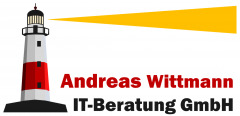Summary
Have you ever wished for a tool that helps you deepen your understanding of important concepts through focused contemplation? What if you could create personalized guided meditations tailored to your specific needs? In this article, I share my experience developing the /Contemplation Machine, an open-source app that fills a unique gap in the meditation app market. I’ll explain what contemplation is, how this tool works, and provide practical installation guidance – all from my journey of creating this project in just four days using modern development techniques.
